Introduction:
The Honda VFR400, particularly the renowned NC30 model, is celebrated for its performance, especially its high-revving engine. Understanding the rev limit of this remarkable motorcycle offers insight into its engineering and the riding experience it delivers. This comprehensive discussion explores the VFR400’s rev limit, its implications for performance, associated engineering specifics, and how to maintain the engine for optimal longevity.
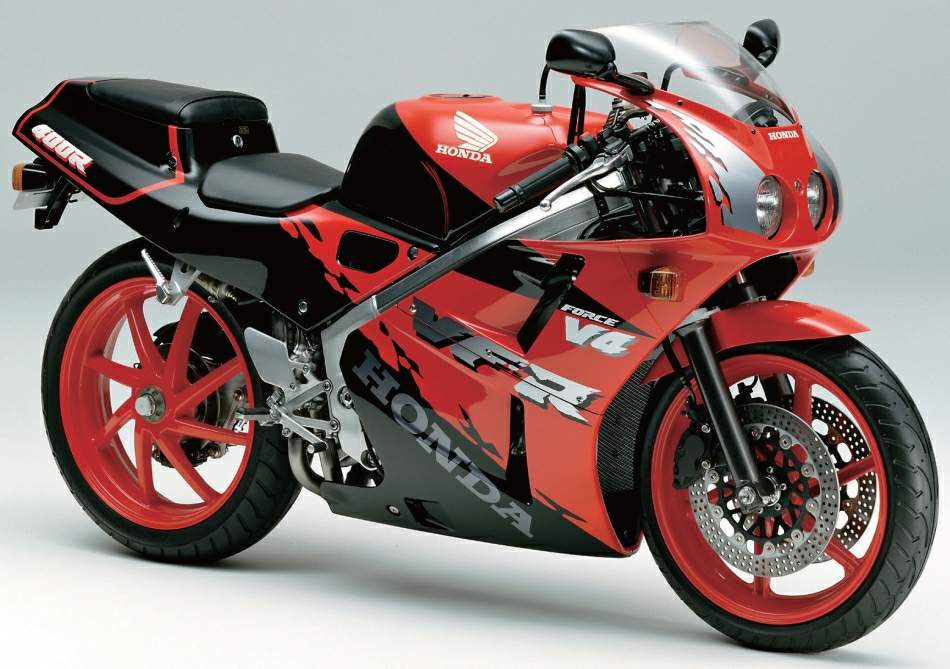
What Is the Rev Limit on the VFR400?
Understanding the VFR400’s Rev Limit
Rev limit, short for “revolution limit,” is the maximum rotational speed the engine’s crankshaft can achieve without risking damage. It is typically measured in revolutions per minute (RPM).
The Honda VFR400 NC30 is equipped with a liquid-cooled, V4 399cc engine. This engine is known for its exceptional high-revving capabilities, providing thrilling performance benefits.
Rev Limit Specifications: The official rev limit of the Honda VFR400 NC30 is 14,500 RPM. This high limit is indicative of its race-bred heritage, allowing the engine to deliver peak power and optimum performance at higher RPMs.
Redline Indication: The redline on the VFR400’s tachometer starts just below 14,500 RPM, signaling the maximum safe operating range of the engine. Riding within this range maximizes the bike’s performance while ensuring durability.
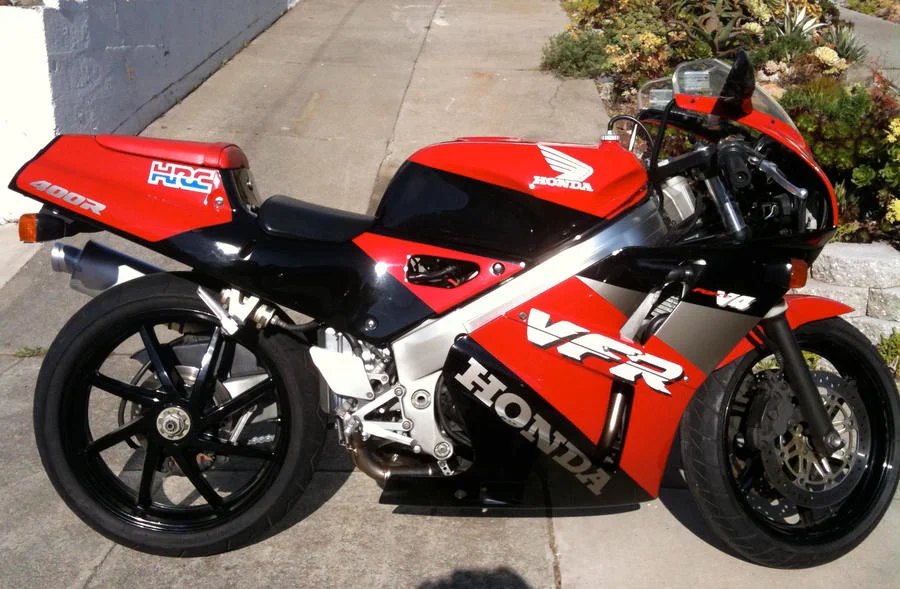
Performance Implications of a High Rev Limit
A high rev limit profoundly affects the VFR400’s performance characteristics, making it distinctive among mid-sized sportbikes.
Enhanced Power Delivery: The VFR400’s V4 engine produces approximately 59 horsepower, with peak power output occurring near the upper end of the rev range. The ability to rev up to 14,500 RPM allows the engine to deliver strong acceleration and high-speed performance.
Broad Powerband: High rev limits contribute to a wider powerband, offering usable power across a broader RPM range. This characteristic is advantageous for various riding conditions, providing flexibility whether you’re on a race track or navigating city streets.
Rider Engagement: High-revving engines necessitate active rider engagement, rewarding those who skillfully manage the throttle and gears. The VFR400’s rev limit ensures a thrilling and dynamic riding experience, emphasizing precision and control.
Engineering Factors Behind the VFR400’s High Rev Limit
Achieving a high rev limit requires advanced engineering and meticulous design, traits the VFR400 exemplifies.
V4 Engine Configuration: The VFR400’s V4 engine layout is crucial for its high-revving capabilities. This design balances power delivery with smooth operation, allowing the engine to sustain higher RPMs without excessive vibration or stress.
Lightweight Components: Internally, the VFR400 utilizes lightweight pistons, connecting rods, and other reciprocating components. Reducing mass is essential for minimizing inertia, allowing faster revving and reducing the overall stress on engine parts.
Valvetrain Design: The robust valvetrain, including sophisticated cam profiles and reliable valve springs, ensures precise valve operation at high speeds. This design prevents valve float and maintains optimal combustion efficiency.
Lubrication and Cooling: Efficient lubrication and cooling systems are critical for handling the increased heat and friction generated at higher RPMs. The VFR400 employs a highly efficient liquid cooling system and high-quality oil to ensure longevity and consistent performance.
Fuel Injection and Carburetion: Proper fuel delivery is essential for high-revving engines. The VFR400 utilizes a well-tuned carburetion system that ensures the right fuel-air mixture, maintaining power and efficiency throughout the rev range.
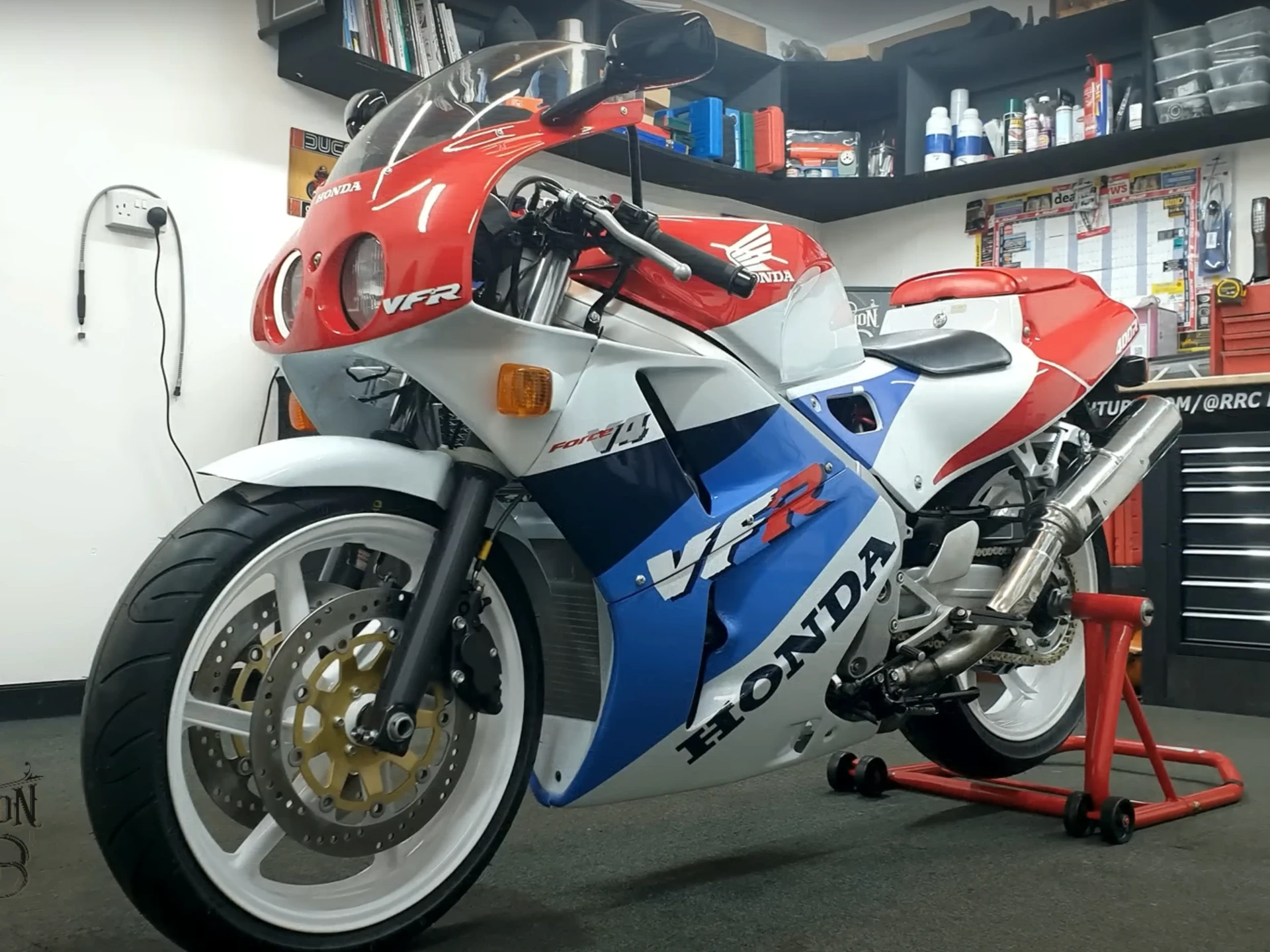
Riding the VFR400 at High RPMs
Riding a high-revving motorcycle like the VFR400 requires skill and understanding of its engine dynamics.
Shifting Techniques: To fully utilize the VFR400’s performance, gear shifts should be timed to keep the engine within its optimal rev range. Avoiding premature shifts and understanding the bike’s powerband enhance acceleration and overall performance.
Throttle Control: Smooth and precise throttle inputs are essential when operating near the rev limit. Sudden throttle changes can destabilize the bike and reduce control, particularly at high speeds.
Listening to the Engine: Being attuned to engine sounds and vibrations helps riders stay within safe operating limits. The engine note at high RPMs can provide feedback on when to shift and how the engine is performing.
Cooling Periods: High-revving engines generate significant heat. During extended periods of aggressive riding, allowing the engine to cool down periodically prevents overheating and potential damage.
Maintaining the VFR400’s High-Revving Engine
Maintaining a high-revving engine like the V4 in the VFR400 ensures longevity, reliability, and consistent performance.
Regular Oil Changes: Frequent oil changes are crucial for maintaining engine health, particularly when operating at high RPMs. High-quality synthetic oils are recommended to withstand higher temperatures and provide superior lubrication.
Air Filter Maintenance: A clean air filter ensures optimal air intake, crucial for performance and efficiency. Regularly inspect and replace the air filter to maintain proper airflow and engine protection.
Valve Adjustments: High-revving engines require precise valve timing. Regular valve clearance checks and adjustments prevent valve float and ensure efficient combustion.
Cooling System Checks: Ensure the cooling system functions optimally by inspecting coolant levels and condition. Replace or flush coolant periodically to maintain effective cooling.
Carburetor Tuning: Proper carburetor tuning is vital for maintaining the correct fuel-air mixture. Regular adjustments and cleaning prevent performance issues and ensure smooth engine operation.
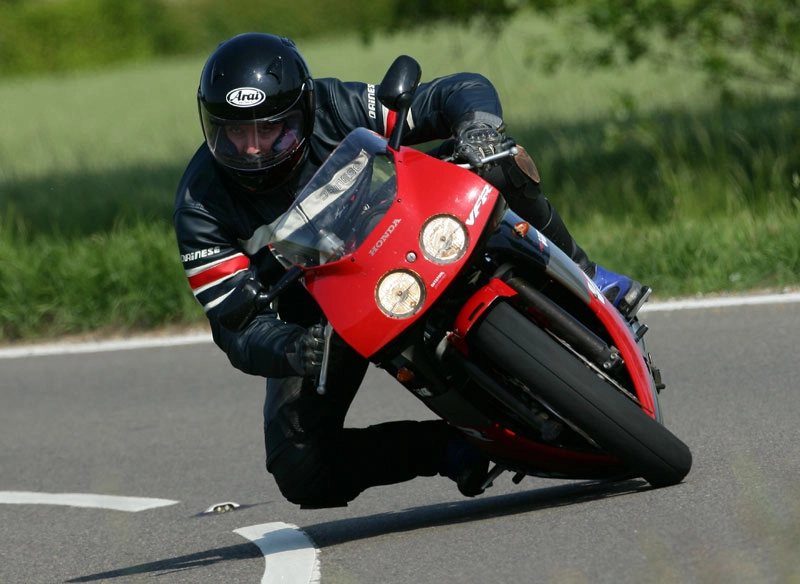
Potential Risks of Ignoring the Rev Limit
Exceeding the recommended rev limit can lead to significant engine issues and damage.
Engine Wear and Tear: Operating consistently at or above the redline accelerates engine wear, particularly on components like pistons, rods, and bearings. This can lead to reduced engine lifespan and performance.
Valve Float: At extremely high RPMs, valve springs may fail to close valves properly, leading to valve float. This can cause misfiring, reduced power, and potential engine damage.
Overheating: High RPMs generate substantial heat, stressing the cooling system. If the cooling system cannot dissipate heat efficiently, it can lead to overheating and potential engine failure.
Component Failure: Excessive revving increases the risk of component failure. Parts like the camshaft, crankshaft, and connecting rods are subject to immense stress, potentially leading to catastrophic failures.
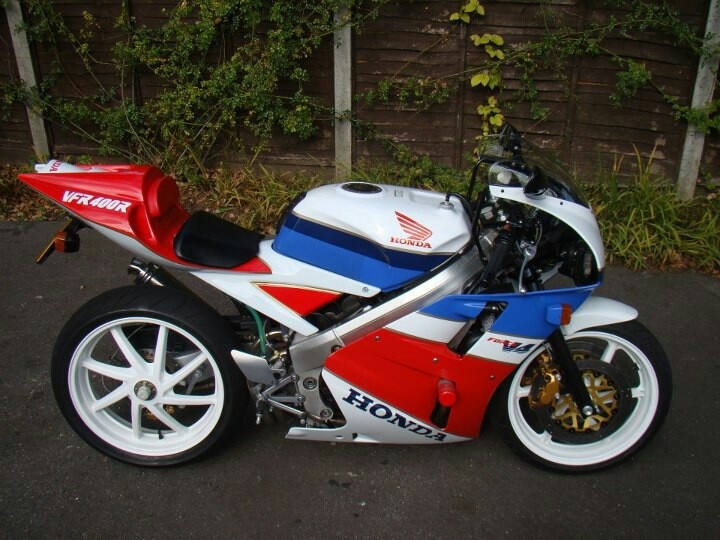
Common Questions About the VFR400’s Rev Limit
Understanding common questions helps clarify the importance of the VFR400’s rev limit and how to manage it.
Q: Can I exceed the rev limit occasionally without damaging the engine? A: It’s best to avoid exceeding the rev limit, as doing so can cause immediate or long-term damage. Occasionally hitting the redline briefly may not cause immediate harm, but consistently doing so can be detrimental.
Q: How can I ensure my VFR400 operates safely at high RPMs? A: Regular maintenance, proper lubrication, and adhering to service schedules ensure the engine operates safely at high RPMs. Practicing good riding habits, such as smooth throttle management and timely gear shifts, also helps.
Q: Does operating at high RPMs affect fuel efficiency? A: Yes, higher RPMs generally lead to increased fuel consumption as the engine works harder and burns more fuel. Riding within a balanced RPM range optimizes fuel efficiency while maintaining performance.
Q: How do I know if my VFR400’s rev limiter is functioning correctly? A: The rev limiter is designed to prevent the engine from exceeding its redline. If you notice the engine cutting out or losing power as it approaches the rev limit, the rev limiter is likely functioning correctly. Regular diagnostic checks can verify its performance.
Conclusion
The Honda VFR400’s high rev limit is a testament to its advanced engineering and performance-driven design. Understanding and respecting this limit is crucial for maintaining the bike’s exceptional capabilities and longevity. By adhering to maintenance schedules, practicing proper riding techniques, and ensuring regular checks, owners can enjoy the thrilling experience offered by the VFR400’s high-revving engine. This comprehensive guide provides insights into the engineering, performance implications, and best practices for managing the VFR400’s rev limit, ensuring a rewarding and reliable riding experience.
